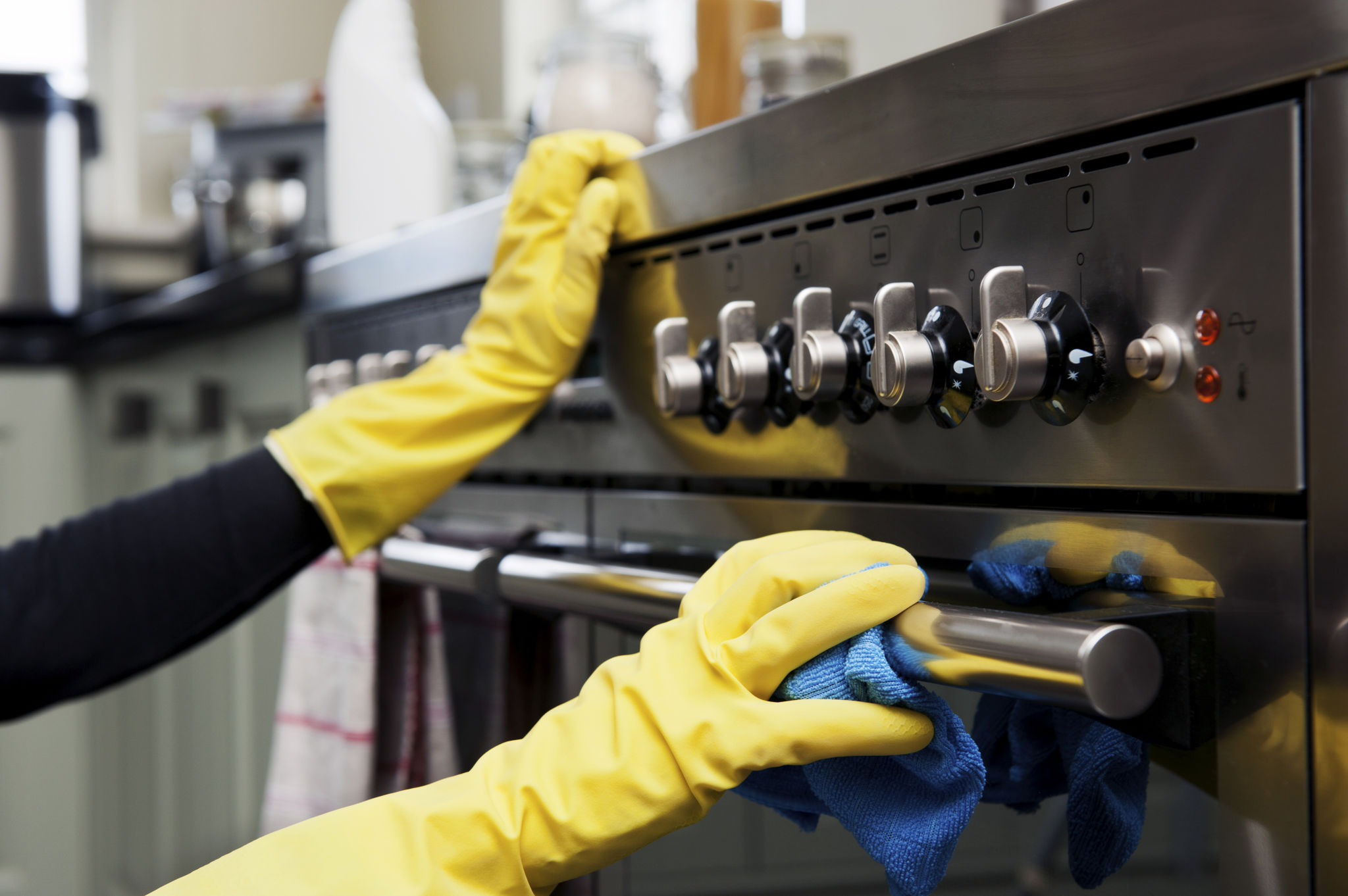How to Create a Non-Toxic Home Environment: A Room-by-Room Guide
Introduction to a Non-Toxic Home
Creating a non-toxic home environment is essential for ensuring the health and well-being of your family. Many common household products contain chemicals that can be harmful over time, but with a few strategic changes, you can significantly reduce these risks. This guide will take you through each room in your home, offering practical tips to create a safer, healthier living space.

Living Room
Furniture and Decor
Your living room is a place for relaxation, but it's also a room where toxins can accumulate. Begin by choosing furniture made of natural materials such as wood, cotton, or wool. Avoid pieces made from particleboard or those treated with flame retardants. Consider switching to organic fabrics for cushions and throws to reduce exposure to harmful chemicals.
Air Quality
Improving air quality is crucial in the living room. Regularly dust and vacuum with a HEPA filter to capture allergens and pollutants. Introduce houseplants like spider plants or snake plants that can naturally purify the air. Additionally, ensure proper ventilation by opening windows when weather permits.

Kitchen
Cookware and Utensils
The kitchen is often the heart of the home, but it's also where many toxic materials can be found. Opt for stainless steel or cast iron cookware instead of non-stick pans that can release harmful fumes. Use glass or bamboo utensils and storage containers to avoid chemicals like BPA found in plastics.
Cleaning Products
Many conventional cleaning products contain harsh chemicals. Switch to non-toxic, eco-friendly alternatives or make your own cleaners using ingredients like vinegar, baking soda, and lemon juice. These are not only safer but also more environmentally friendly.

Bedroom
Bedding and Mattresses
A good night's sleep should not come with exposure to toxins. Choose organic cotton or bamboo sheets, which are free from pesticides and harmful dyes. When it's time to replace your mattress, look for options made from natural latex or organic cotton, which are free of chemical flame retardants.
Electronic Devices
Electronic devices emit electromagnetic fields (EMFs) that can disrupt sleep patterns. To minimize exposure, keep devices like phones and tablets away from your bed and turn off Wi-Fi routers at night. Consider investing in EMF-blocking solutions if you're particularly concerned.

Bathroom
Toiletries and Personal Care
The bathroom is another area where toxins can lurk in everyday products. Opt for personal care products labeled as organic or natural, and avoid those containing parabens, phthalates, and synthetic fragrances. Switching to bar soap instead of liquid soap can also reduce plastic waste.
Mold and Moisture Control
Mold thrives in damp environments like bathrooms. Use a dehumidifier or an exhaust fan to reduce moisture levels. Regularly clean tiles and grout with a mixture of vinegar and water to prevent mold growth without resorting to harsh chemicals.

Conclusion: A Healthier Home for You and Your Family
By following these simple steps, you can create a non-toxic home environment that supports the health of everyone who lives there. Remember that change doesn't have to happen overnight, take it one room at a time and make decisions that fit your family's needs and budget. With each improvement, you'll be moving closer to a healthier, more sustainable lifestyle.
